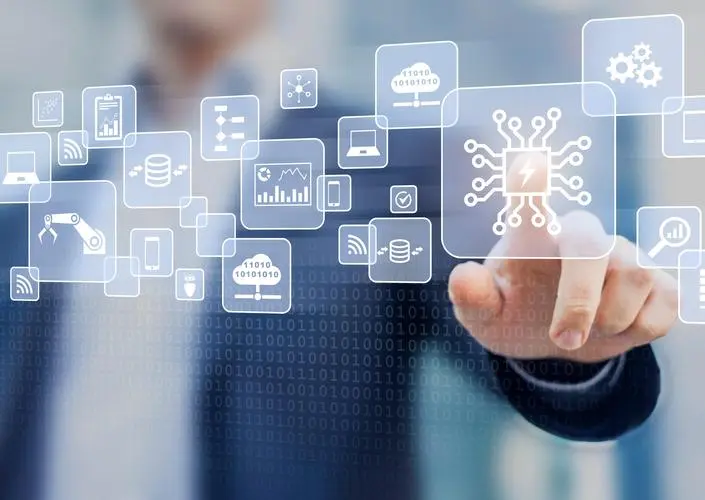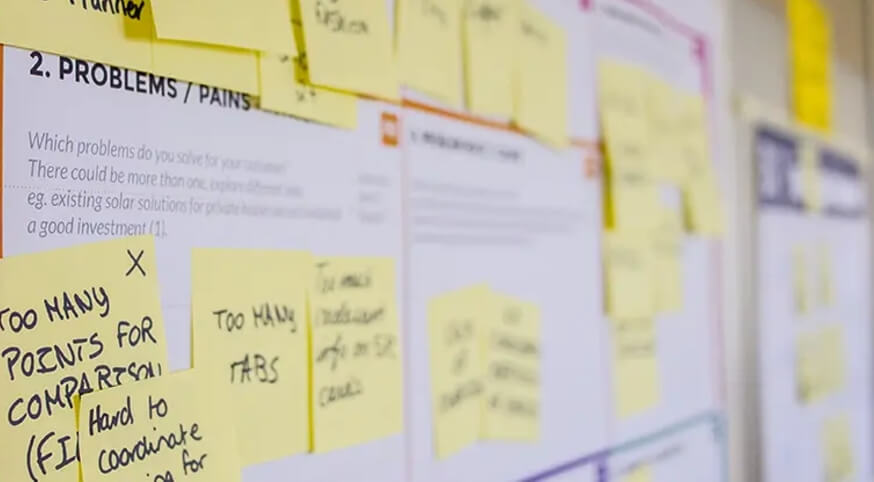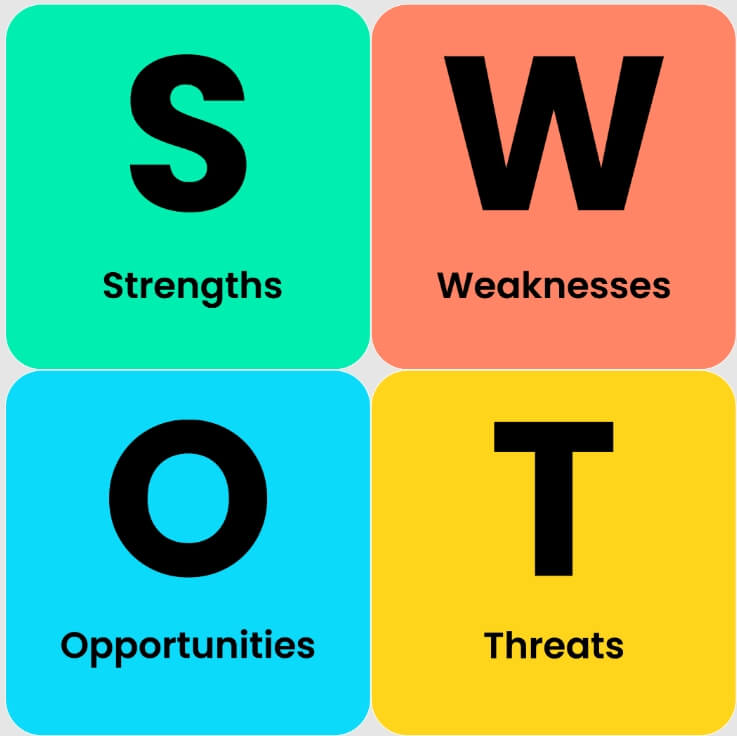B-end software corresponds to the familiar C-end software, such as the apps installed on our mobile phones. But what are the main differences between the two? I've been working in enterprise-level software development, which is what we typically refer to as B-end software. In recent years, my focus has shifted to developing low-code platforms and aPaaS platforms, giving me a deeper understanding of B-end software.

Key Differences Between B-end and C-end Software
B-end software is aimed at businesses, while C-end software targets individuals. I recently came across an interesting conclusion:
C-end software mainly solves problems for end consumers and requires significant time and money investments, such as apps like Douyin (TikTok), Taobao, and JD.com.
B-end software focuses on generating value and increasing profits, addressing organizational needs such as cost reduction and efficiency improvement. For instance, Office Automation (OA) software enhances office efficiency, and low-code platforms improve software delivery efficiency.
Of course, this explanation is not entirely accurate since many C-end apps also focus on learning and productivity. However, it helps in understanding the fundamental differences more quickly.
After delving deeper into B-end software, I realized there are many dimensions and perspectives to consider.
Service Models
SaaS (Software as a Service): SaaS allows users to access software via the internet. In this model, the software is deployed in the cloud, and users can use it without installation. The SaaS provider is responsible for maintenance and updates.
PaaS (Platform as a Service): PaaS provides a cloud-based platform where developers can develop, run, and manage applications without worrying about the underlying infrastructure.
IaaS (Infrastructure as a Service): IaaS offers virtualized computing, storage, and networking resources. Users can purchase resources as needed without having to invest in hardware. The provider manages the infrastructure, such as Alibaba Cloud’s OSS service.
Example Analogy for These Models
In a podcast, I heard an interesting analogy:
SaaS: If you're given a username and password, it's a SaaS service—like staying in a hotel, choosing a room and duration, and paying accordingly.
PaaS: If you build a hotel, decorate it according to specifications, and lease it out, you're providing a PaaS service.
IaaS: If you handle utilities, food supplies, and laundry for the hotel, you’re offering an IaaS service.
There's also aPaaS (Application Platform as a Service), a specialized form of PaaS. It provides an integrated environment for developing, running, and managing applications. According to Gartner, it supports cloud-based application development, offering foundational tools for software development, such as data objects, permissions, and user interfaces.
To determine whether a platform is aPaaS, see if it has the capability to develop application systems and quickly build software systems.
Development Stages
Customization: Early enterprise projects were fully customized using traditional waterfall development models:
Analyze requirements and communicate with the business side.
Design high-fidelity UI and technical aspects, and seek client approval.
Develop, test, and launch the system.
Move into the operation and maintenance phase.
Custom products addressed specific client needs but could not be reused, leading to high costs and low returns for each new project.
Verticalization: To reduce marginal costs, common features were identified, leading to the development of vertical solutions like OA software (e.g., Fanwei, Lanling, Zhiyuan), and financial or HR software (e.g., Kingdee, UFIDA).
These vertical solutions were often ready for small and medium-sized businesses but still required customization for larger enterprises.
Diversification: As B-end software matured, companies' digital infrastructure improved. B-end software expanded from PC-only solutions to multi-terminal use, from standalone deployments to distributed and SaaS models, and from solving specific problems to addressing multi-field needs. For example, Fanwei now offers more than just an OA system.
Integration: While functionality continues to expand, it’s impossible for one system to handle everything. B-end software needs to excel at core tasks and integrate with others to achieve broader goals. Integrations might involve:
Displaying data from third-party systems.
Data exchange with third-party systems.
Specific functions requiring proprietary software, such as electronic signatures, Office document editing, or mapping.
Modern aPaaS platforms typically have integration capabilities.
Platformization: Setting standards and allowing independent software vendors (ISVs) to develop software on the platform strengthens its ecosystem. As more vendors join, the platform's capabilities grow, like DingTalk and WeChat’s enterprise app centers.
Operational Perspective
From a deployment standpoint, B-end software can be classified into three types: public cloud, private cloud, and hybrid cloud.
Public Cloud: Services like AWS, Alibaba Cloud, and Huawei Cloud offer cloud resources without the need for companies to purchase or maintain hardware. Public cloud advantages include rapid deployment, pay-as-you-go models, and elastic scaling.
Private Cloud: Companies build and maintain their own cloud environments, either on-premise or through third-party data centers. Private clouds offer higher security, better performance, and greater customization.
Hybrid Cloud: A combination of public and private clouds, allowing companies to flexibly switch based on business needs and security requirements. Sensitive data can be stored in private clouds, while scalable workloads run in public clouds.
With the trend towards domestic solutions, B-end software also needs to be compatible with various domestic servers, databases, and middleware to meet national IT infrastructure requirements.
Business Categories
When you first engage with B-end software, you may hear terms like OA or ERP during meetings. Below are some common business systems:
OA (Office Automation): Software aimed at improving office efficiency through technologies like instant messaging, document management, and task management. Examples: Fanwei, Lanling, Zhiyuan.
ERP (Enterprise Resource Planning): A system that integrates business processes like production, procurement, sales, and finance. Example: SAP.
CRM (Customer Relationship Management): Used to manage customer relationships, including lead tracking, marketing, and sales. Examples: Fxiaoke, SFA.
MES (Manufacturing Execution System): Real-time monitoring and scheduling of production processes to improve efficiency and quality.
WMS (Warehouse Management System): Software for managing warehouse logistics, including stock management and inventory tracking.
SRM (Supplier Relationship Management): Manages supplier relationships and procurement processes. Example: Qiqitong.
HCM (Human Capital Management): Manages human resources, such as recruitment, training, and performance evaluations.
SCM (Supply Chain Management): Manages logistics, inventory, and demand forecasting within the supply chain.
PLM (Product Lifecycle Management): Manages a product's lifecycle from design to retirement.
EAM (Enterprise Asset Management): Manages fixed assets like equipment and infrastructure.
BI (Business Intelligence): Collects, analyzes, and presents data to assist in decision-making. Examples: Fanruan, Smartbi.
BPM (Business Process Management): Manages and optimizes business processes to improve operational efficiency.
DMS (Document Management System): Manages electronic documents, including storage, retrieval, and version control.
MDM (Master Data Management): Manages core business data, ensuring accuracy and consistency.
ITSM (IT Service Management): Manages IT services, including service desks and incident management.
E-signature: An internet-based contract signing system that digitizes and streamlines the contract signing process. Examples: Esign, KingGrid, Fadada.







